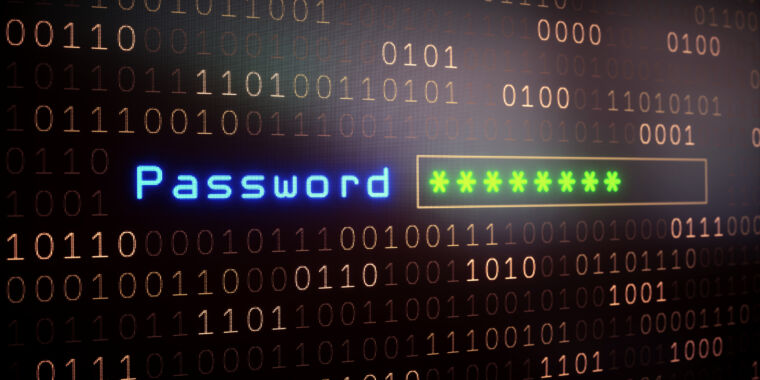Woody brings class to the world of RPN calculators

RPN (Reverse Polish Notation) is a method of writing or entering mathematical calculations in which operators come afteroperands. For example, to calculate the product of 3 and 4, you would type: 3, enter, 4, enter, multiply. This is unfamiliar to most of us, but was common for Hewlett-Packard's early digital calculators and is still used in some programming languages, like Forth. Some people prefer RPN calculators and this one, called Woody, is the nicest of the bunch.
Woody is a fairly simple RPN calculator, which was its whole purpose. Most RPN calculators available are complex scientific or graphing calculators. Shiura wanted basic calculator functionality, but with RPN. It's also beautiful. The case is a solid piece of walnut wood, which was milled on a CNC router. Besides a large power switch on the back, the only features are 19 keys and a dot-matrix type LCD display.

An Arduino Nano board reads key presses, does the calculation, and displays the results on the LCD screen. The keyboard came from a small numeric keypad, which Shiura hacked to directly monitor the keyboard matrix. The Arduino connects to the display via I2C. Power comes from a pair of AA batteries through a DC-DC converter. The result is a superb calculator with all the benefits of RPN.


RPN (Reverse Polish Notation) is a method of writing or entering mathematical calculations in which operators come afteroperands. For example, to calculate the product of 3 and 4, you would type: 3, enter, 4, enter, multiply. This is unfamiliar to most of us, but was common for Hewlett-Packard's early digital calculators and is still used in some programming languages, like Forth. Some people prefer RPN calculators and this one, called Woody, is the nicest of the bunch.
Woody is a fairly simple RPN calculator, which was its whole purpose. Most RPN calculators available are complex scientific or graphing calculators. Shiura wanted basic calculator functionality, but with RPN. It's also beautiful. The case is a solid piece of walnut wood, which was milled on a CNC router. Besides a large power switch on the back, the only features are 19 keys and a dot-matrix type LCD display.

An Arduino Nano board reads key presses, does the calculation, and displays the results on the LCD screen. The keyboard came from a small numeric keypad, which Shiura hacked to directly monitor the keyboard matrix. The Arduino connects to the display via I2C. Power comes from a pair of AA batteries through a DC-DC converter. The result is a superb calculator with all the benefits of RPN.
What's Your Reaction?





















